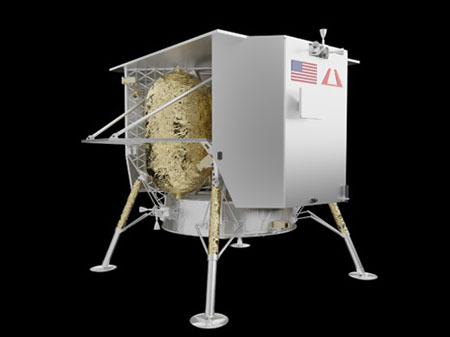Special to CosmicTribune.com, January 10, 2024
By Richard Fisher
A major Chinese aerospace journal has “suggested” a date for China’s first manned Moon landing while on Jan. 8, the United States launched the Perigrine-1 commercial robotic Moon lander built by the Astrobotic Corporation, due to reach the Moon in February.

The December 2023 issue of the Journal of Astronautics, a major Chinese aerospace academic-engineering journal, contained the article, “Earth-Moon Transfer Orbit Design Considering Circumlunar Rendezvous Constraints,” by Chen Tianji, Zhou Wanmeng, He Xingji, Peng Qibao, Xu Ming, Lu Jiyuan, of the Beijing University of Aeronautics and Astronautics (BUAA), China Astronaut Research and Training Center.
For the first time, this article reveals that China’s two-Long March-10 space launch vehicle (SLV) Moon architecture, one for the Moon lander, one for the crew capsule, will require that China launch the Moon Lander into Moon orbit 3 to 6 months before the crew capsule arrives for docking and crew transfer to the Moon Lander.
The authors posit that for a Chinese Moon landing date of “April 25, 2029,” that China would have to launch the Moon Lander on “November 27, 2028.”
This, of course, is not an “official” announcement for the precise date that Chinese astronauts will arrive on the Moon, but it is consistent with repeated statements by Chinese space officials that China will put people on the Moon by 2030 or before.
But even if only an estimate, this article does suggest two points: first, that China may be quite serious about putting people on the Moon by 2030 or before; and second, China will have to expend great effort to achieve an accelerated test schedule for the Long March-10 and very likely, to verify the performance of its Moon Lander with an unmanned mission.
In addition, the requirement for an early launch of the Moon Lander suggests that the Long March-10 is not powerful enough for China to achieve a direct placement into the lunar orbit required for a direct Moon landing and requires the gravity of the Moon to decelerate the Moon Lander into the required orbit.
As China has placed on the Moon three of its unmanned Chang’e Moon probes (2013, 2018, 2020) and is planning to launch a fourth in 2025, on Jan. 8 the United States launched the first unmanned mission in the National Aeronautics and Space Administration’s (NASA) $2.6 billion, 10-year Commercial Lunar Payload Services (CLPS) program.
Full Text . . . . Current Edition . . . . Subscription Information

You must be logged in to post a comment Login